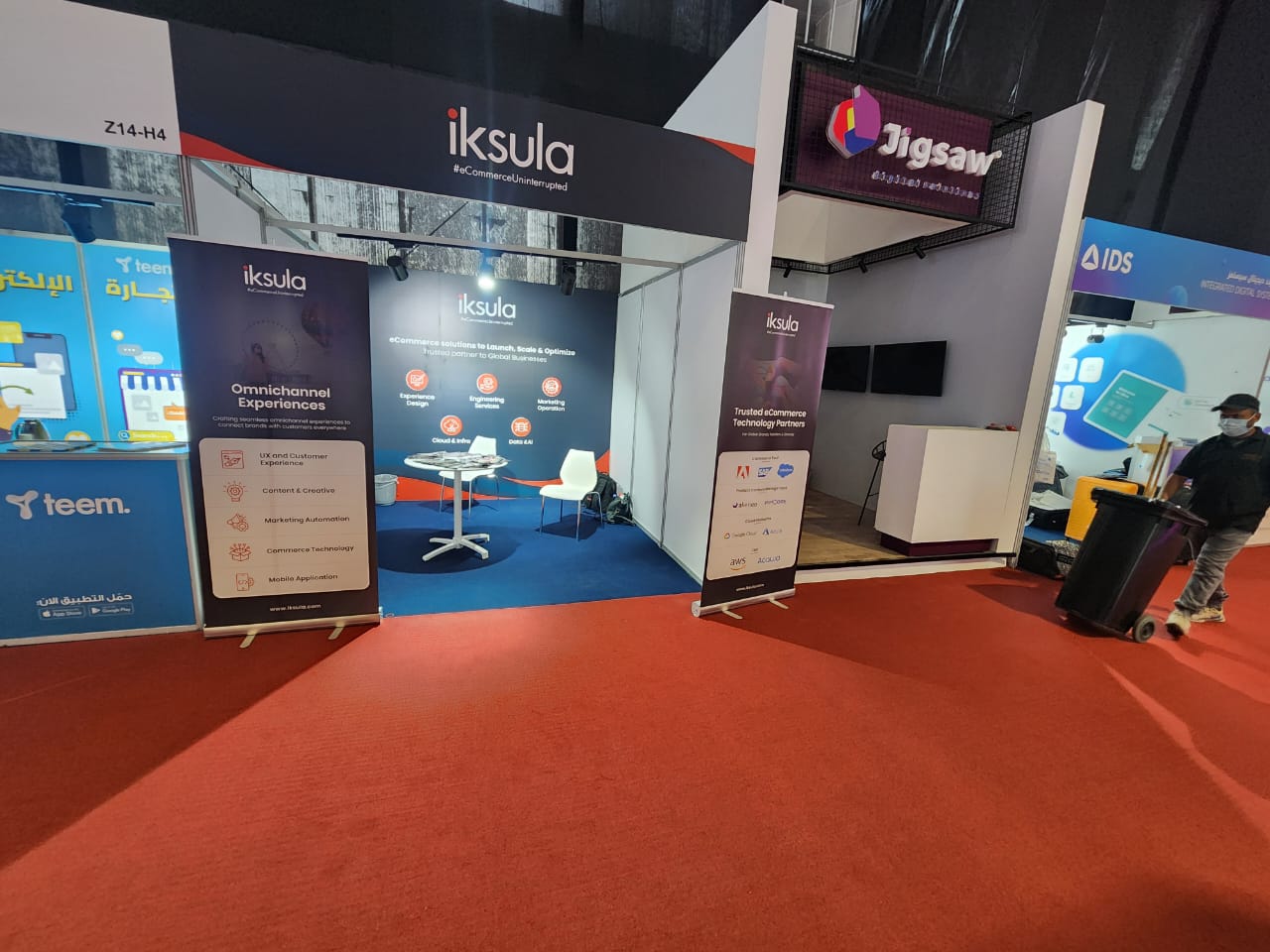Customer service is a craft with finite dimensions, and unlike other arts, mastering it involves immersing oneself in the customer experience. In essence, one must treat customers as they would want to be treated – with respect, dignity, accountability, empathy, swift resolutions, empowerment through education, all delivered with a friendly demeanor. Striking the right balance in every aspect ensures a contented customer for the long term, making satisfied customers the most gratifying avenue for business growth.
Contrary to positive experiences, encountering poor customer service (an unfortunate reality for many) can ultimately tarnish even the finest products crafted by organizations. This holds especially true in the contemporary era, where the amplification of customer voices through social media and review platforms surpasses previous boundaries, making their impact more significant than ever.
Customers these days not only anticipate a prompt resolution marked by respect and accountability but also demand a seamlessly positive experience across all communication channels.
The rise of technology has amplified customer reach and influence, compelling organizations to prioritize every customer complaint. This shift has transformed CX standards, emphasizing the effective circulation of feedback across multiple communication channels. There’s now a stronger focus on redefining customer service principles like responsiveness and accountability to underscore that customer satisfaction is the foremost priority.
According to one survey, the top 5 customer service(CX) standards are
While these customer service standards are fundamental and define effective customer service, their historical consistency relied heavily on human factors, employing manual tracking and auditing through sampled data, which often led to inconsistencies.
Moreover, today’s customers, particularly most millennials (around two-thirds), expect real-time customer service, and three-quarters of all customers demand a seamless cross-channel service experience. With rising cost pressures, meeting service expectations through manual methods or merely increasing the number of well-trained employees is no longer a practical solution.
Organizations therefore should leverage a broader range of technological solutions, including AI-driven customer service. This has the potential to deliver personalized, consistent, and transformative customer experiences that align more closely with their expectations.
Leveraging AI in customer service can enhance customer engagement, leading to heightened cross-sell and upsell opportunities, all while mitigating the cost-to-serve. The caveat here is to know that the transformation of CX is not simply a case of deploying the latest technology. Across the industry, CX leaders are facing a spectrum of challenges from prioritizing crucial AI use cases to seamlessly integrating technology with legacy systems.
So in short, while the transformation of customer service through AI can unlock substantial value for the business, fostering a virtuous circle of enhanced service, heightened satisfaction, and increased customer engagement, it has to resonate fully with the CX standards that companies uphold.
There are three primary areas where AI can help an e-commerce company gain substantial value.
1. AI ChatBot and Voice Bots: Unlike conventional scripted chat and voice bots, AI-led counterparts exhibit a higher level of nuance in understanding human traits and responses. Scripted chatbots, incorporating speech-to-text conversion, follow a predefined script, responding to user queries within its library.
However, the limitation of such chatbots lies in users needing to structure queries meticulously, using specific commands or regular expressions, hindering effective string analysis and comprehension. This challenge becomes apparent when integrating these chatbots with speech-to-text modules supported by Natural Language Processing (NLP), making them less suitable for transformation into intelligent virtual assistants.
In contrast, AI-led bots equipped with NLP and ML language models are truly intelligent chatbots. They adeptly respond to nuanced questions, learning from each interaction to enhance future responses. These bots effectively overcome challenges posed by chaotic speech, synonyms, misspellings, abbreviations, complex punctuation rules, accents, dialects, language variations, and other human-related issues.
Deploying a chat box on an e-commerce website/app can reduce ~30-40% of the customer queries from your traditional support system(email/voice/chat).
Imagine this scenario: Operating an e-commerce store with an average monthly order volume of 1 million, it’s reasonable to expect 10,000 to 50,000 customer queries in your queue (this figure may vary based on factors like product complexity, target audience, PDP effectiveness, etc.). We categorize response complexity as either simple (rule-based) or intricate (judgmental).
To illustrate potential cost savings:
2. CX Assist: The CX Assist platform provides real-time guidance to desk agents by evaluating customer sentiment, the current issue, transaction history, and past resolution steps. This input facilitates customer profiling, guiding agents on appropriate responses. CX Assist extends its capabilities to email, using trained datasets to enable an AI-driven mailbox for precise handling of incoming mail volumes.
Through text analytics, keywords are decoded and mapped with personalized rules, striking a balance between human interaction and automation. AI-led CX Assist also supports real-time transaction audits, automating rule-based activities and offering agents immediate feedback during calls or chats. Additionally, it conducts Red, Amber, Green (RAG) benchmarking based on an agent’s historical quality score and performance, aiding in fostering positive customer behavior and reducing churn rates.
Omnichannel support: In essence, Omnichannel support oversees interactions across diverse channels, including SMS, chat, email, phone, social media, news portals, websites, and marketplaces. The modern customer, driven by technological advancements, expects a unified, seamless, and fast experience, requiring readily available datasets for effective implementation.
Consider a scenario where a customer purchases a product, shares feedback on Twitter, doubles down on Facebook, and rates it on the brand website—all within minutes. The rapid dissemination of this post can lead to a significant reputational impact before the company is aware, especially with complaints spreading faster than compliments.
Forrester predicts a growth in US digital-influenced retail sales, from $2.7 trillion in 2022 to $3.8 trillion in 2027, representing a 7.2% CAGR. This underscores the increasing expectations of digital shoppers, emphasizing the need for businesses to provide lightning-speed unified customer experiences.
Omnichannel support operates in both proactive and reactive models. In the reactive model, customers reach out via various support platforms, and AI scans historical support tickets to suggest tailored responses. The proactive model involves a command center with real-time social listening, sentiment analysis, and proactive outreach to potential detractors.
Intelligent routing is another key aspect of Omnichannel customer service, efficiently directing customers to the most suitable call center agent. Despite the challenges of integrating with legacy systems, CRMs, and social media APIs, achieving effective omnichannel service is essential for business growth. Consistency across digital and in-person touchpoints is critical for buyer satisfaction and retention, as businesses failing in this aspect risk losing customers to competitors.
For more details on how Iksula can help on implementation of AI based CX, please contact: https://iksula.com/contact/









































